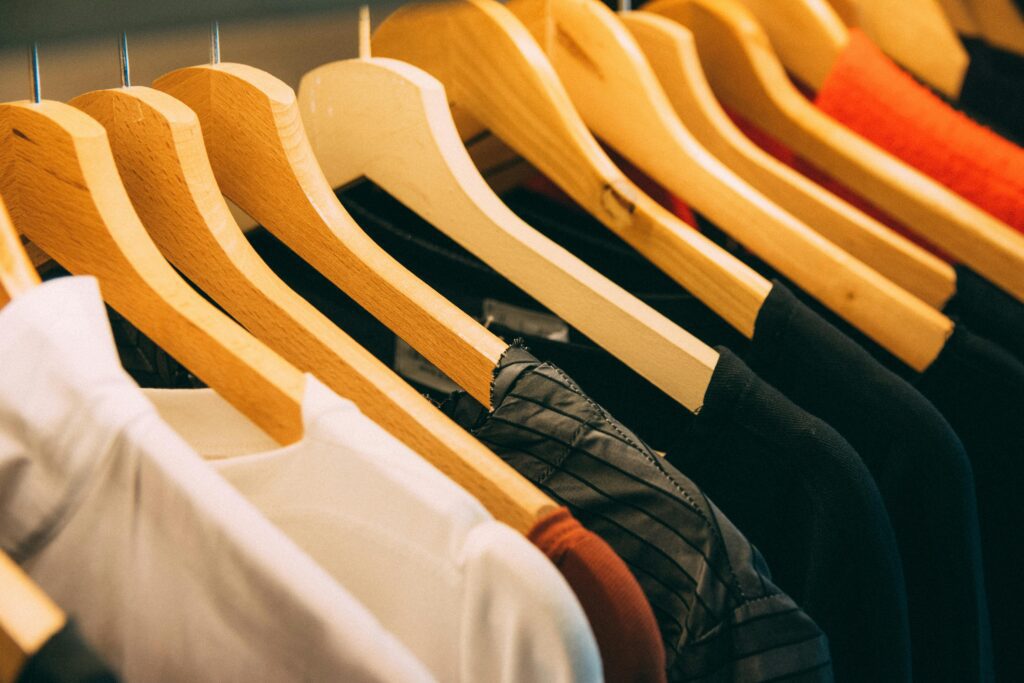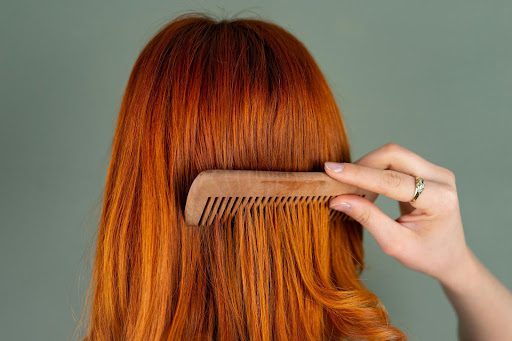What Not to Wear to an Interview (10 Outfit Blunders to Avoid)


Congratulations on landing the job interview! Now, you’ll need to avoid the common mistake many candidates make before they even say a word: choosing the wrong interview outfit.
In this guide, I’ll highlight what not to wear, why your outfit could cost you the job, and how to dress appropriately and secure the role you’re perfectly qualified for.
10 Things That Could Cost You the Job
To avoid losing a job opportunity over something as seemingly trivial as your outfit, here are ten things you should avoid wearing to your next interview:
1. Overly casual clothing
Walking into an interview in overly casual clothing can instantly send the wrong message, suggesting a lack of preparation and seriousness. You don’t want your outfit to discount your qualifications or performance.
Avoid casual items like hoodies, graphic T-shirts, leggings, athletic wear, shorts, crop tops, casual sundresses, or anything you’d wear for weekend activities. Even in tech or creative industries known for relaxed dress codes, showing up in too-relaxed clothing for an interview can imply that you don’t grasp the professional expectations of the job.
To make the right impression, opt for polished, professional attire. A blazer or suit jacket adds formality and can be removed if you feel overdressed. Dressing thoughtfully shows you’re serious about the role and respect the opportunity.

2. Inappropriate footwear
Your shoe choices reflect your attention to detail and understanding of professional environments, so avoid anything too casual or worn out.
Steer clear of flip-flops, athletic sneakers, casual sandals, extremely high heels, weather-specific boots, or shoes showing too much wear and tear. Scuffed, dirty, or worn-out shoes suggest you don’t pay attention to detail. You don’t want a potential employer to doubt your ability to handle professional responsibilities.
Interviewers often view footwear as a subtle indicator of your preparation. Clean, polished, well-maintained dress shoes show you understand that every aspect of your presentation matters. Attention to detail indicates that you’ll take your role seriously if you get the job.
Even expensive, branded shoes can be a bad idea—if they look unprofessional, they’re inappropriate for interviews. Save your designer sneakers or statement heels for after you’ve secured the position.
Instead, choose comfortable, closed-toe dress shoes in neutral colors like black, brown, or navy for an understated, professional look.

3. Wrinkled or damaged clothing
Even minor issues like a small coffee stain or loose button can catch the eye of an experienced interviewer. Wrinkled shirts, loose threads, and worn fabrics may seem insignificant, but they suggest carelessness that might overshadow your qualifications.
Professionalism isn’t just about your skills—it’s reflected in how you present yourself.
To ensure a polished appearance, prepare your outfit the night before. Iron or steam your clothes, inspect them under good lighting, and confirm that all buttons and zippers are intact. Just to be safe, pack a backup outfit for emergencies.
Wrinkles may develop during your commute, so consider wearing a travel outfit and changing nearby before the interview, especially if your commute is long or crowded.

4. Denim
Wearing denim to an interview is a common mistake. Even if it’s a pristine dark wash or black denim that resembles dress pants, denim is inherently less formal.
Jean jackets, chambray shirts, and denim dresses or skirts may signal a too-casual attitude rather than a professional approach.
Even when your interviewer might be wearing jeans, candidates are still expected to dress more formally. Arriving in jeans may signal that you can’t distinguish between employee privileges and candidate expectations.
To be safe, opt for traditional business wear like slacks, khakis, or dress pants. These choices show you understand professional environments and respect the interview process. Save your favorite jeans for when you’re hired and familiar with the day-to-day dress code.

5. Uncomfortable clothes
Some candidates opt for a brand-new outfit bought specifically for a specific interview. While the clothing might look great, this can be risky if the outfit isn’t entirely comfortable or doesn’t fit well.
Interviewers notice every fidget and strange movement. If you’re constantly adjusting your clothes, tugging at your collar, or adjusting your hemline, it may signal a lack of confidence or readiness for the role.
Interviews can also be physically demanding—you might need to walk to multiple meeting rooms, climb stairs, sit for long periods, or give a presentation. If your shoes pinch, your jacket restricts movement, or your pants dig into your skin when you sit, these distractions can pull your focus away from the conversation during the interview.
To avoid this, wear your full interview outfit for a few hours before the big day. Practice sitting, walking, and gesturing naturally. If anything feels restrictive or distracting, switch to a more comfortable option.
6. Revealing or too-tight clothing
Clothing that is overly revealing may appear unprofessional or inappropriate in an interview. Extremely short skirts, backless clothing, and sheer materials can send the message that you don’t understand how to dress appropriately for the workplace.
It’s also important to consider how some outfits may shift during an interview. For example, a skirt that hits your knee could ride up much higher when seated, or a blouse might gap when you lean forward to shake hands.
Choose clothes that fit you comfortably without feeling too tight. Your outfit should allow you to sit, stand, and move comfortably without constant adjustments. If you find yourself tugging, pulling, or fixing your clothing during normal movement, it’s not suitable for an interview.
7. Visible undergarments
Exposed bra straps, visible underwear lines, undershirts with obvious seams, or any other visible parts of undergarments can instantly undermine your professional image. This includes dark undergarments showing through light-colored clothing or straps peeking out from tops and dresses.
Remember that certain lighting can make clothes appear more or less transparent. What looks fine in the bathroom mirror might become unexpectedly sheer under bright office lights.
The solution is simple: choose appropriate undergarments that create smooth lines and won’t show through your clothes. For light-colored clothing, choose nude-colored undergarments that closely match your skin tone. Always test your outfit under bright lighting to ensure nothing shows through before your interview.

8. Overly strong fragrances
Heavy perfumes, strong colognes, scented lotions, or heavily fragranced hair products should be avoided in an interview setting. Even your favorite signature scent can become overwhelming in a small conference room or when sitting close to your interviewer.
Many people are sensitive to fragrances, and overpowering smells can be distracting or off-putting. The best approach is to keep fragrances minimal when attending a job interview. If you choose to wear perfume or cologne, apply it a few hours before the interview so it has time to fade naturally before you meet your interviewer.
9. Distracting accessories
A job interview is about showcasing your qualifications and abilities, not impressing anyone with your style or bold accessories. Your outfit should blend seamlessly into the background, allowing your qualifications and personality to take center stage.
Hats of any kind (including fashion berets and baseball caps), noisy jewelry like bangles or dangling earrings, oversized statement pieces, stacked rings on multiple fingers, and flashy watches can easily cause a distraction during an interview.
When dressing for an interview, keep accessories minimal and classic. A simple watch, a wedding band, small earrings, or a subtle necklace will complement your outfit without taking the spotlight.
Remember, your experience and abilities should stand out—not your accessories.

10. Poor grooming
Beyond your outfit, poor grooming can quickly impact your chances of making a good impression. Unkempt hair, chipped nail polish, ungroomed facial hair, noticeable body odor, or unwashed hair can suggest that you struggle with basic professional standards. Your perfectly pressed suit won’t matter if your hair looks like you just rolled out of bed or if your nails are dirty and untrimmed.
Instead, get a haircut at least a week before (not the day before). If you have facial hair, make sure it’s freshly shaved or well-groomed. Wild stubble or an unkempt beard can give the impression that you didn’t put in the effort to prepare for the interview. Ensure your nails are clean and trimmed, and pay attention to your overall hygiene so you can present yourself professionally.
